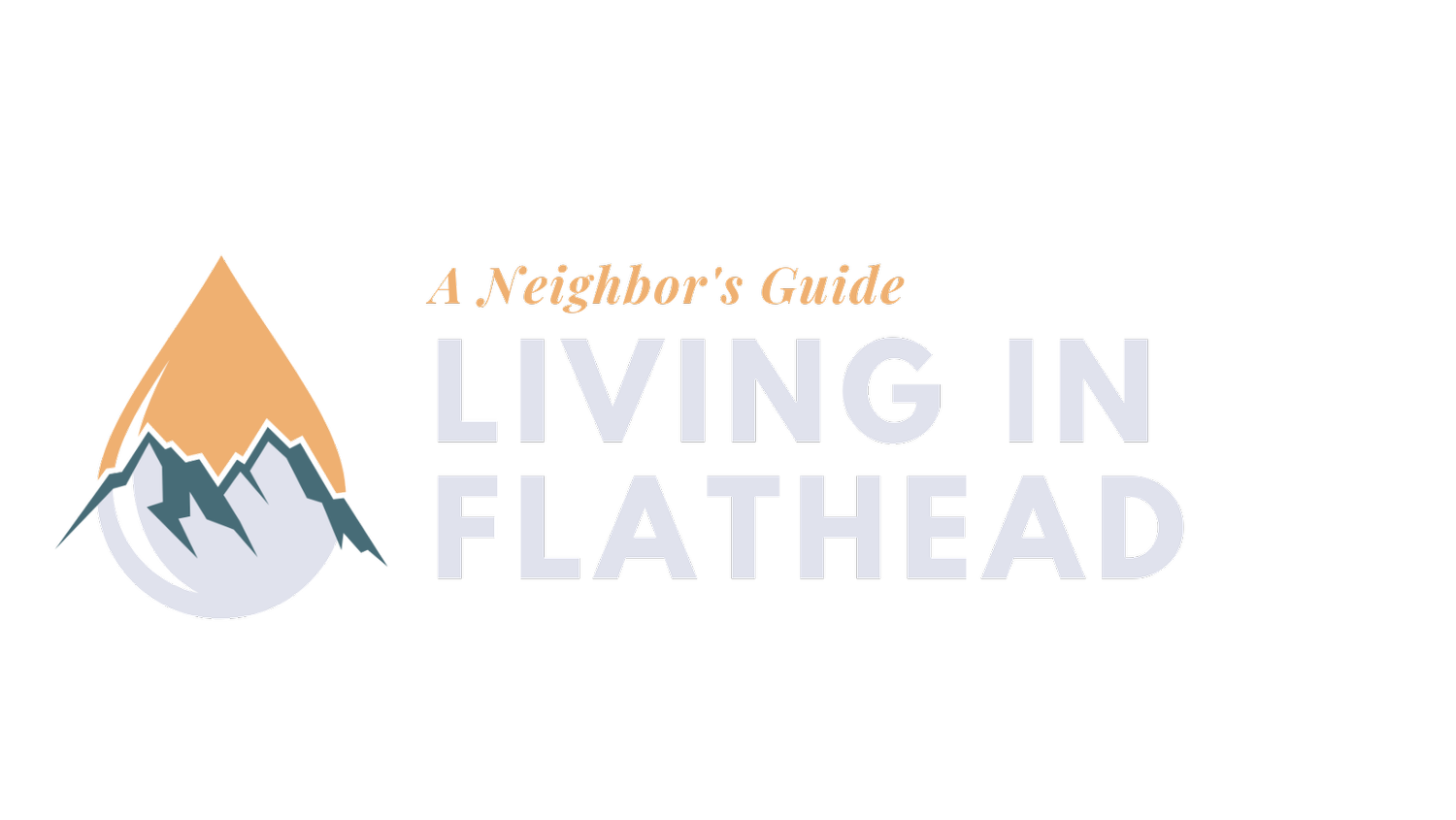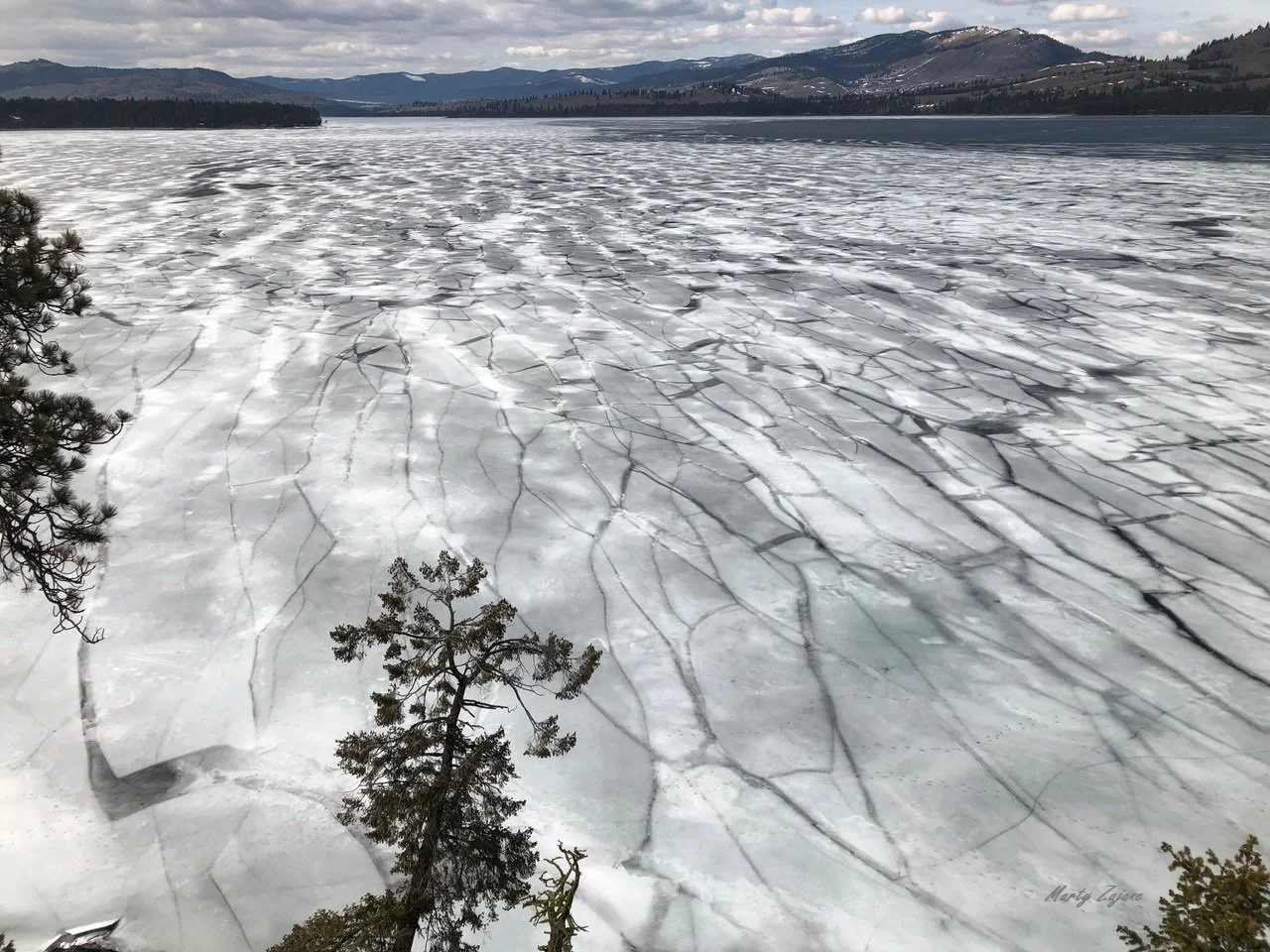Keeping Wildlife Wild
A baby deer was left by its mother. Should I help?
Never pick up wildlife. It’s natural for deer and elk to leave their young alone for extended periods of time in spring. If you see a baby animal, whether a goose or a grizzly, keep your distance and leave it alone.
It’s been a harsh winter. Should I feed wildlife?
Feeding wildlife, other than birds, is illegal and puts animals, people, and pets at risk. Leaving out food sources encourages wildlife to become dependent on handouts that are not part of their natural diets. When feeding livestock or birds, ensure it doesn’t attract ungulates, bears, or wild turkeys. Food conditioning and habituation often lead to euthanizing an animal for safety.
Wildlife knows no boundaries. Wildlife-friendly fences that work for livestock
Wildlife-friendly fences prevent injuries to wildlife and allows them to travel the land, while keeping livestock in.
These fences also save you time and money from frustrating repairs caused by animals breaking through fences. Learn how to install and maintain one at… “A Landowner’s Guide to Wildlife Friendly Fences.”
Can I let my cats and dogs roam outside?
One of the quickest ways to antagonize your neighbors is to let your dog chase livestock. Regardless if the livestock are on a ranch or a hobby farm, they are considered an important investment and are often regarded as part of the family.
It is also important to keep your pets under control, especially in the spring when newborn wildlife is most vulnerable. Pets that encounter wildlife can spread diseases, and dogs that harass or kill wildlife and livestock may face severe consequences.
It is especially important to keep cats indoors or in secure outdoor area, like a ‘catio’ (a special cat patio). It is the only safe thing to do when it comes to birds. Every year, cats kill over a billion birds in North America, making them the biggest threat to bird populations. Many birds nest and feed on the ground, which makes them especially easy targets. Additionally, cats’ saliva contains bacteria that can be harmful to birds, so even if a cat doesn't kill a bird right away, its bite can lead to infections and death.
There are resources online on how to retrain your cats to happily live indoors. Learn what you can do in Love Your Cats, But…
Keeping People and Wildlife Safe
Protect Wildlife: Test for Chronic Wasting Disease
Chronic wasting disease is a contagious neurological disease that affects deer, elk, and moose. Although it poses no known risks to humans, it is always fatal to infected animals and can have significant impacts on local wildlife populations if left unchecked.
The disease is spread through prions, which persist in the environment and can be transmitted via saliva, feces, urine, and carcasses of infected animals. Learn how to safely collect tissue for testing, dispose of carcasses, and more at fwp.mt.gov/CWD.
Keep Waterways Healthy: Rehome Pets Responsibly
Illegally dumping fish or aquarium pets into rivers, lakes, or other water bodies is harmful because it can disrupt the delicate balance of aquatic ecosystems.
Non-native fish can out-compete native species for food and habitat, spread diseases, and harm the local environment. This can lead to the decline or extinction of native fish populations, harming fishing, recreation, and the overall health of the ecosystem.
It’s important to follow legal guidelines to protect our waterways and the life they support. Learn more at www.dontletitloose.com.
Drive Safely: Protect Wildlife and People
Driving safely and avoiding wildlife collisions helps protect both people and animals. Many animals are most active at dawn and dusk, so reduce your speed and stay alert, especially in areas marked with wildlife crossing signs.
Use your high beams when possible to spot animals’ eyes reflecting light, but be prepared to brake rather than swerve, as swerving can cause more serious accidents. If you see one animal, expect others may follow. Staying cautious and aware helps keep roads safer for everyone.
Learn more, and avoid collisions at www.mdt.mt.gov/visionzero/people/watchforwildlife.aspx.
Salvaging Roadkill in Montana: What You Need to Know
Montana allows for the salvage of deer, elk, moose, and antelope killed in a collision with a motor vehicle. A person may also pick up an animal that they did not hit. Anyone salvaging roadkill must obtain a salvage permit.
Learn more and get a permit at fwp.mt.gov/buyandapply/vehiclekilledsalvagepermit.
Other questions: Are beavers bringing your cottonwoods down or flooding your fields? Are bats in the attic bad and how can I safely and humanely remove them? How can I keep backyard chickens safe from predators or the bird flu? Should I be concerned about mountain lions and my children and pets roaming in the woods?
For these and other questions, check Living with Wildlife, by MT Fish, Wildlife and Parks.










